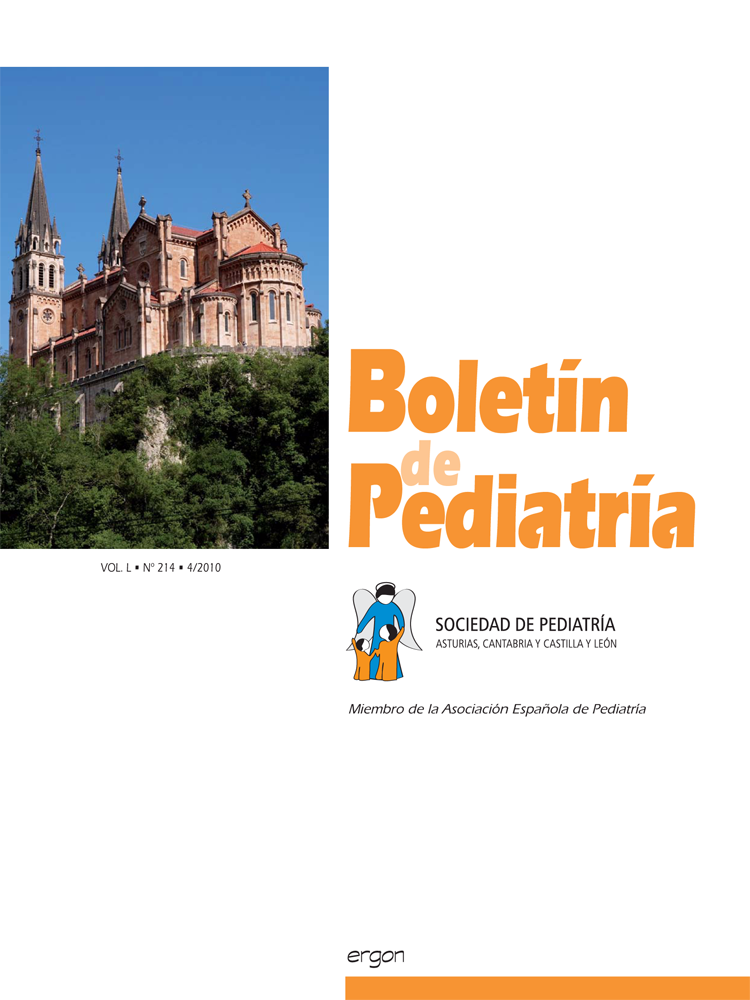Abstract
Introduction: Acquired brain damage in pediatric ages has increased in recent years and with it, efficiency in the neurology services. The potential scientific problem is in regards to the neuropsychological sequels and the possible long-term cognitive rehabilitation.
Material and methods:Acase study revealed that after 4 years of the trauma, the neurological consequences and neuropsychological sequels are still present, these affecting the academic and social performance of the child. The neuropsychological profile was obtained with the help of the Luria's Diagnostic Neuropsychological Battery-Children's version (Manga-Ramos, 1991) and with the SESH.1.1 battery (Álvarez, 1989). Intelligence, behavioral, neurophysiological and neuroimaging tests were evaluations complimentary to the profile.
Results: Intelligence: There were mild differences between the oral and manipulative subscales, regarding brain deficiencies. Neurophysiology, EEG: signs of diffuse cortical suffering with poor tracing for the age. Anatomical neuroimaging: Mild asymmetry on the lateral ventricular level with larger size on the right side. Behavior: learning difficulties. Neuropsychology: weak points: executive system (categorization, lack of attention, perseveration, fluid intelligence), visual memory, academic skills (reading and arithmetic) and visual-perceptual skills. Strong points. Reaction time.
Conclusions: According to the neurological symptoms, the case is defined as mild, but according to the neuropsychological alterations, the case is not so mild. Early brain damage considerably limited the executive and attentional components of the cognitive system of the child in the development.

This work is licensed under a Creative Commons Attribution-NonCommercial 4.0 International License.
Copyright (c) 2010 Boletín de Pediatría
